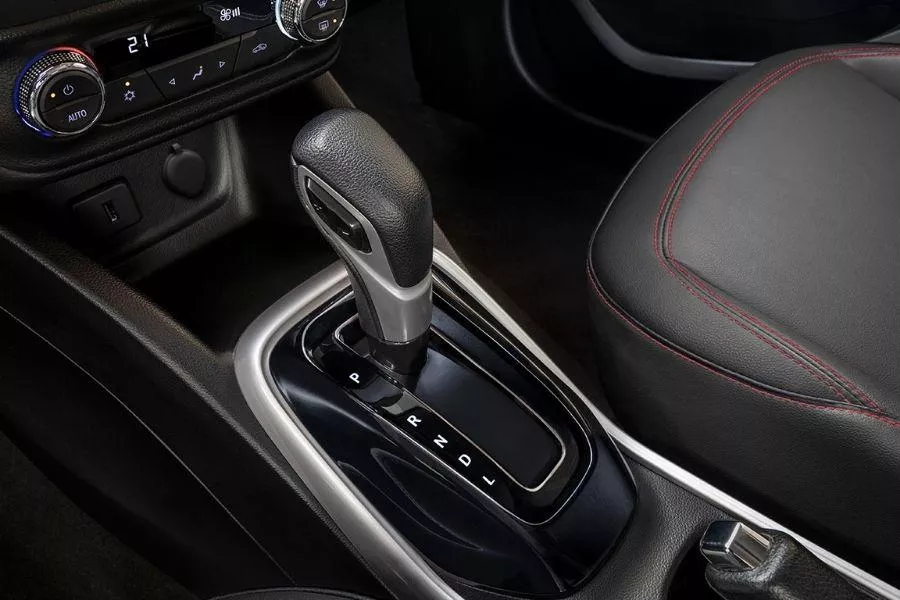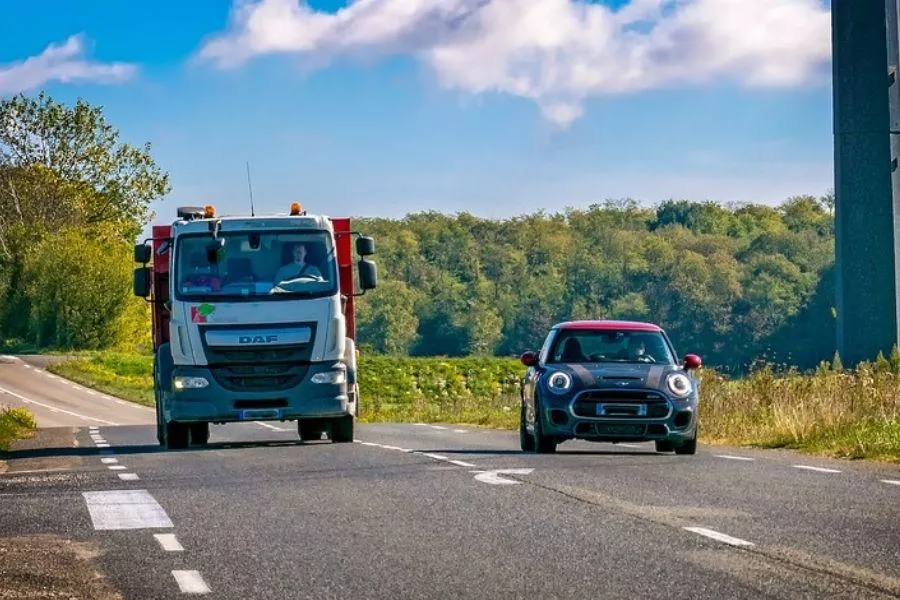Drivers who don’t have the courage – or the patience – to shift their own gears see automatic transmissions as a godsend. After all, these lessen the coordination necessary between the eye, hand, and foot when driving a car especially in troublesome city traffic.

Automatic transmissions are convenient, but they're not foolproof
There’s no clutch pedal to think of when engaging the gears, and you just need to slide the lever along the shift console. In a typical driving scenario, the transmission works best when left alone in D where all forward gears are at its disposal. However, there are instances when manually downshifting is necessary to prevent the gearbox from hunting for the right gear, such as when negotiating especially steep grades.
When a lower gear is needed on a particularly challenging driving situation, do you need to use the brakes before downshifting? To downshift is to change to a lower gear while the vehicle is in motion, and this has the effect of multiplying the engine’s torque output. Regardless of the transmission used, downshifting comes in handy when you need to execute an overtaking maneuver for instance, when going up inclines, or driving downhill.

Downshifting is often used for overtaking where the extra torque is needed to pull ahead
But as gratifying as it is seeing the tachometer needle spike up accompanied by the engine growling, downshifting increases the stress on the powertrain, especially when the gear change is done abruptly. That’s why modern automatics come with built-in functions that prevent over-revving, and car user manuals will mention this.
If the vehicle is traveling beyond a certain speed with the transmission in D, the gearbox will not allow manually downshifting to 2 (or even from 2 to L, the lowest possible gear) unless the driver engages the brakes first or the vehicle otherwise slows down to a more manageable speed. This protects the transmission from the shock of having to step down to a lower gear. In many cases, the car doesn’t even have to come to a complete stop, just enough of a pace to downshift without jarring the transmission too much.
Find more tips for beginner car owners at Philkotse.com.
Recent posts
- tachometer moving idle newbie guide Aug 02, 2021
- Everything you need to know about torque Dec 04, 2020
- 7 tips to take care of your automatic transmission car Mar 11, 2021
- Basic steps to drive an automatic transmission car properly Mar 11, 2021












